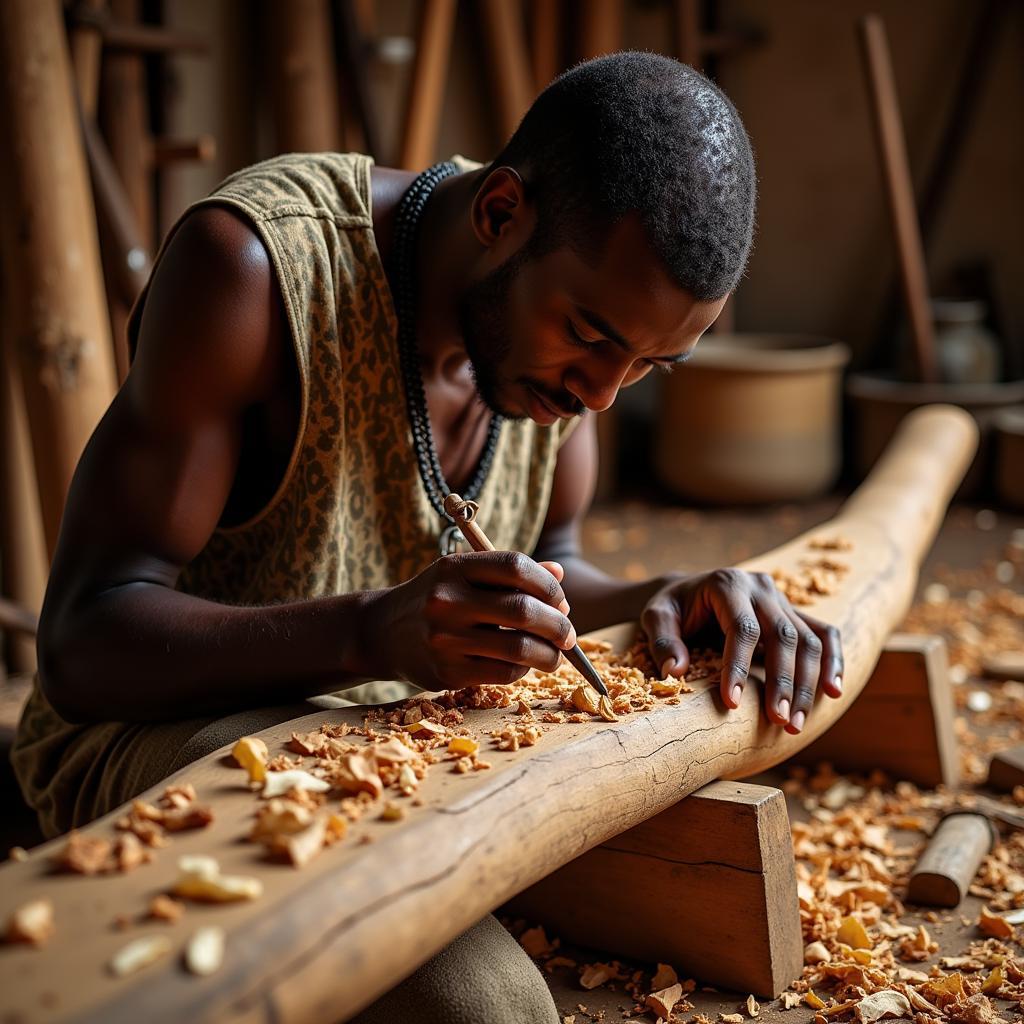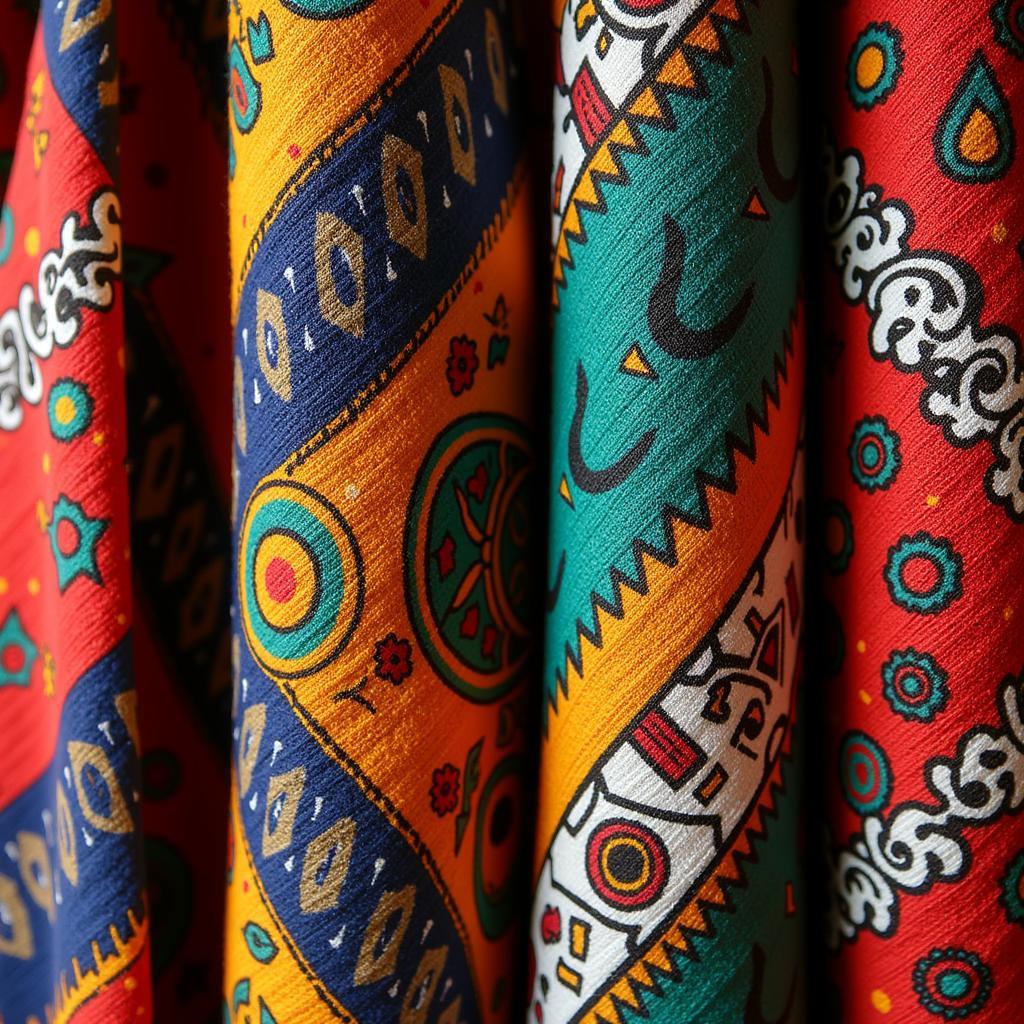A Renaissance in Black and White: Exploring African American Modernism
African American Modernism, a vibrant cultural movement spanning the early to mid-20th century, reshaped the American artistic and intellectual landscape. This era saw Black artists, writers, and thinkers challenge racial prejudice and social injustices through groundbreaking creative expressions. Their work explored themes of identity, heritage, and the African American experience in the modern world.
The Harlem Renaissance: The Genesis of a Movement
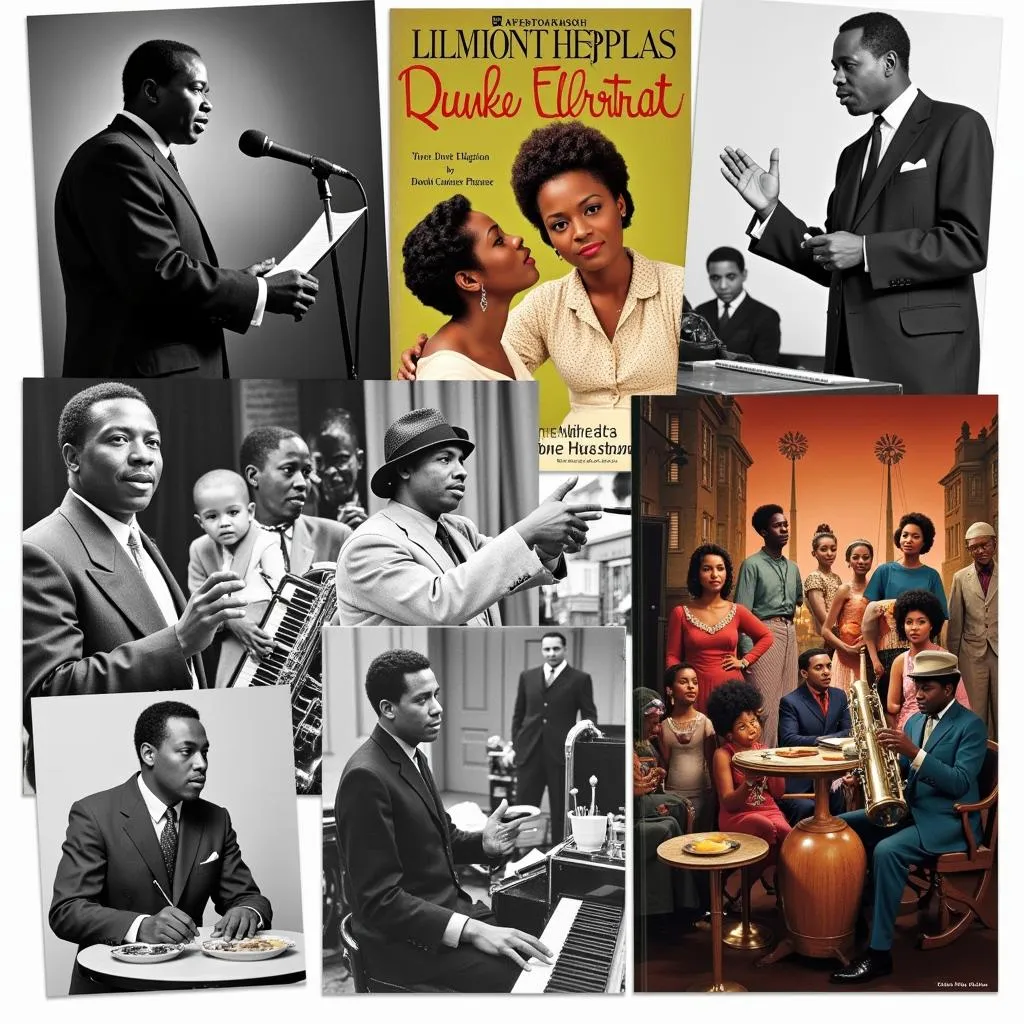 The Harlem Renaissance: Literature, Art, and Music
The Harlem Renaissance: Literature, Art, and Music
The seeds of African American Modernism were sown in the Harlem Renaissance, a period of extraordinary cultural blossoming in the 1920s and 1930s. Centered in Harlem, New York City, this movement witnessed an explosion of creativity across various art forms, including literature, music, visual arts, and theater.
Leading literary figures like Langston Hughes, Zora Neale Hurston, and W.E.B. Du Bois redefined Black identity through their powerful narratives, poems, and essays. Hughes’s rhythmic verse captured the soul of Black urban life, while Hurston celebrated the richness of Southern Black folklore. Meanwhile, Du Bois’s intellectual prowess challenged racial inequality through his writings and activism.
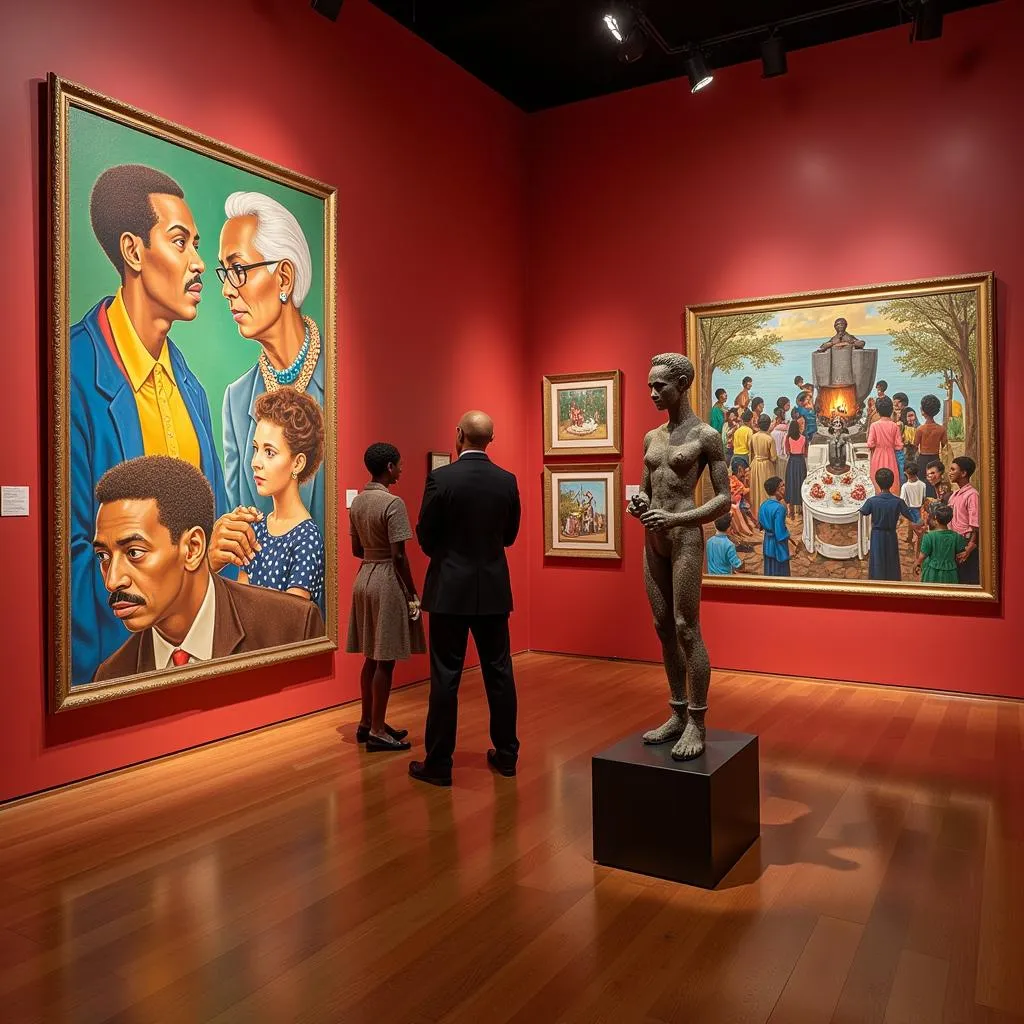 Pioneering African American Modernist Painters and Sculptors
Pioneering African American Modernist Painters and Sculptors
Beyond literature, the Harlem Renaissance produced iconic artists like Aaron Douglas, whose work drew inspiration from African art and explored themes of Black heritage. Sculptors like Augusta Savage challenged racial stereotypes through their powerful depictions of Black figures. Musicians like Duke Ellington and Billie Holiday captivated audiences with their innovative jazz compositions and soulful vocals. The Harlem Renaissance laid the groundwork for African American Modernism’s evolution, demonstrating the power of art to confront social issues and celebrate Black identity.
Beyond Harlem: Expanding the Horizons of African American Modernism
While the Harlem Renaissance provided the initial spark, African American Modernism extended its reach beyond geographical boundaries and artistic genres. Writers like Richard Wright and Ralph Ellison explored the complexities of race and identity in a rapidly changing America. Wright’s novel “Native Son” exposed the brutal realities of racism, while Ellison’s “Invisible Man” delved into the psychological impact of societal invisibility on Black individuals.
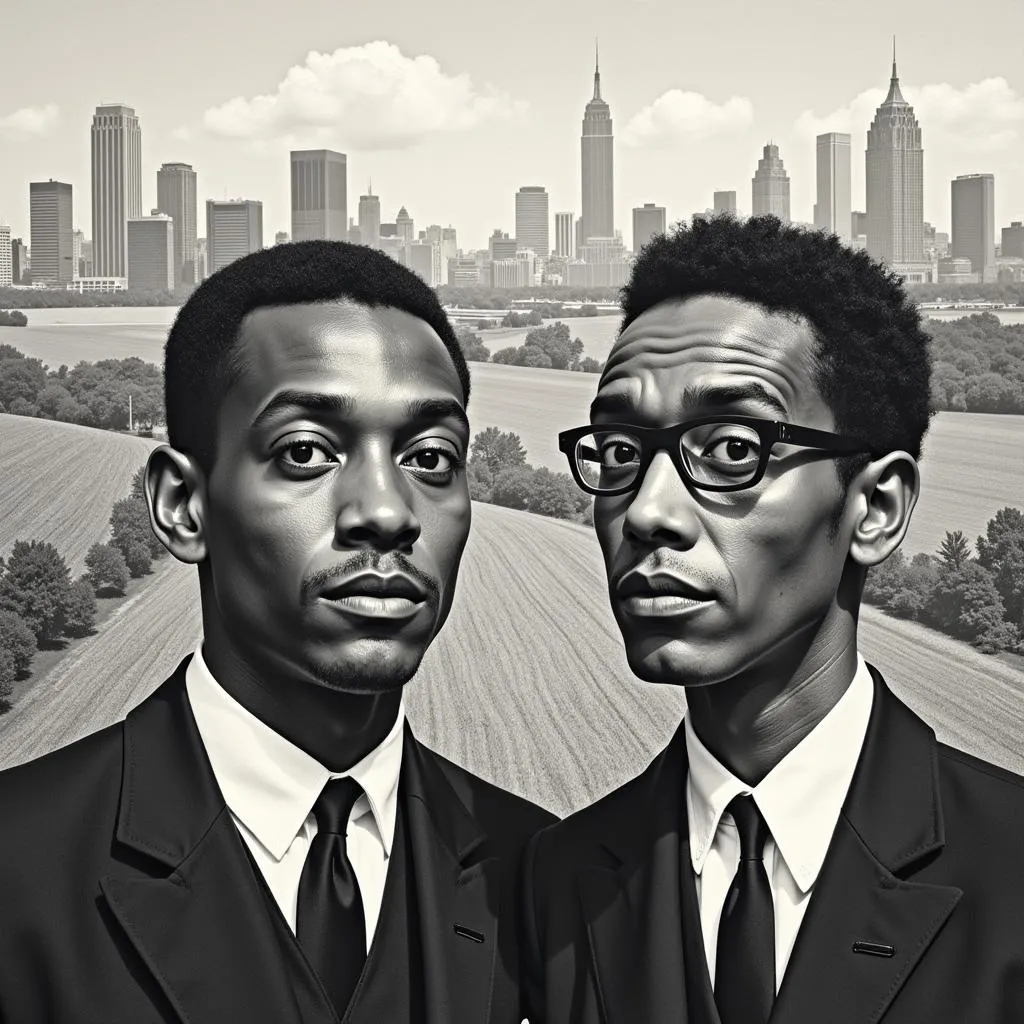 Expanding the Narrative: African American Modernist Writers Beyond Harlem
Expanding the Narrative: African American Modernist Writers Beyond Harlem
The visual arts witnessed a similar expansion. Artists like Jacob Lawrence and Romare Bearden experimented with cubism and collage, respectively, to convey the dynamism and complexities of Black life. Their work often explored themes of migration, social change, and the struggle for equality.
African American Modernism also manifested in music. Jazz continued to evolve, with artists like Charlie Parker and John Coltrane pushing the boundaries of improvisation and musical expression. This era also saw the rise of rhythm and blues, a genre that gave voice to the experiences and aspirations of Black Americans.
The Legacy of African American Modernism: A Lasting Impact
The impact of African American Modernism continues to resonate today. The movement paved the way for the Civil Rights Movement by giving voice to Black experiences and challenging racial injustice through artistic expression. The works of these artists and thinkers continue to inspire generations of artists, writers, and activists.
More than just a historical movement, African American Modernism remains a vital force in contemporary culture. Its legacy is evident in the works of countless artists, musicians, and writers who continue to explore themes of identity, social justice, and the African American experience. From the vibrant canvases of Kerry James Marshall to the thought-provoking novels of Colson Whitehead, the spirit of African American Modernism thrives, reminding us of the power of art to challenge, inspire, and transform.
